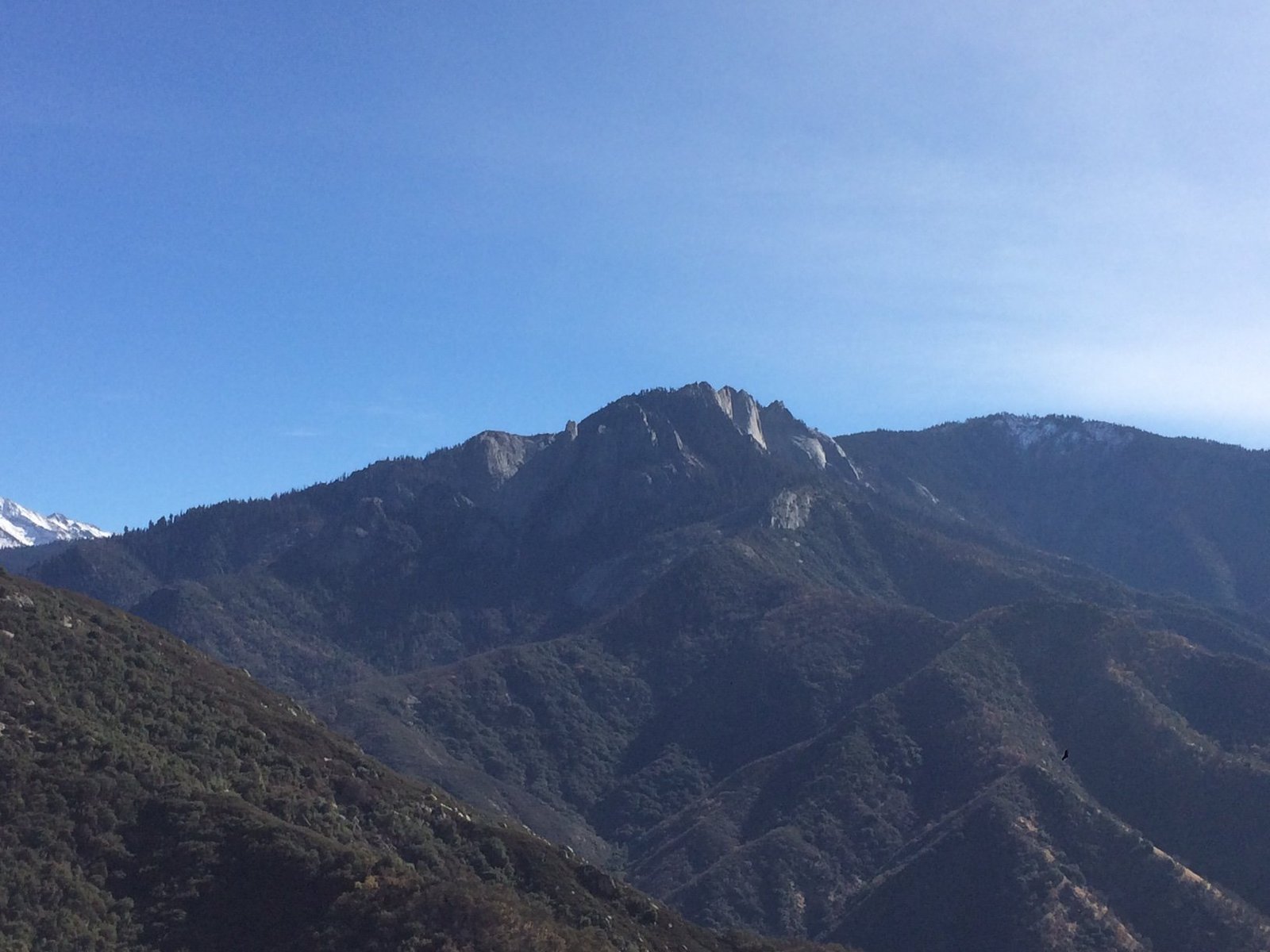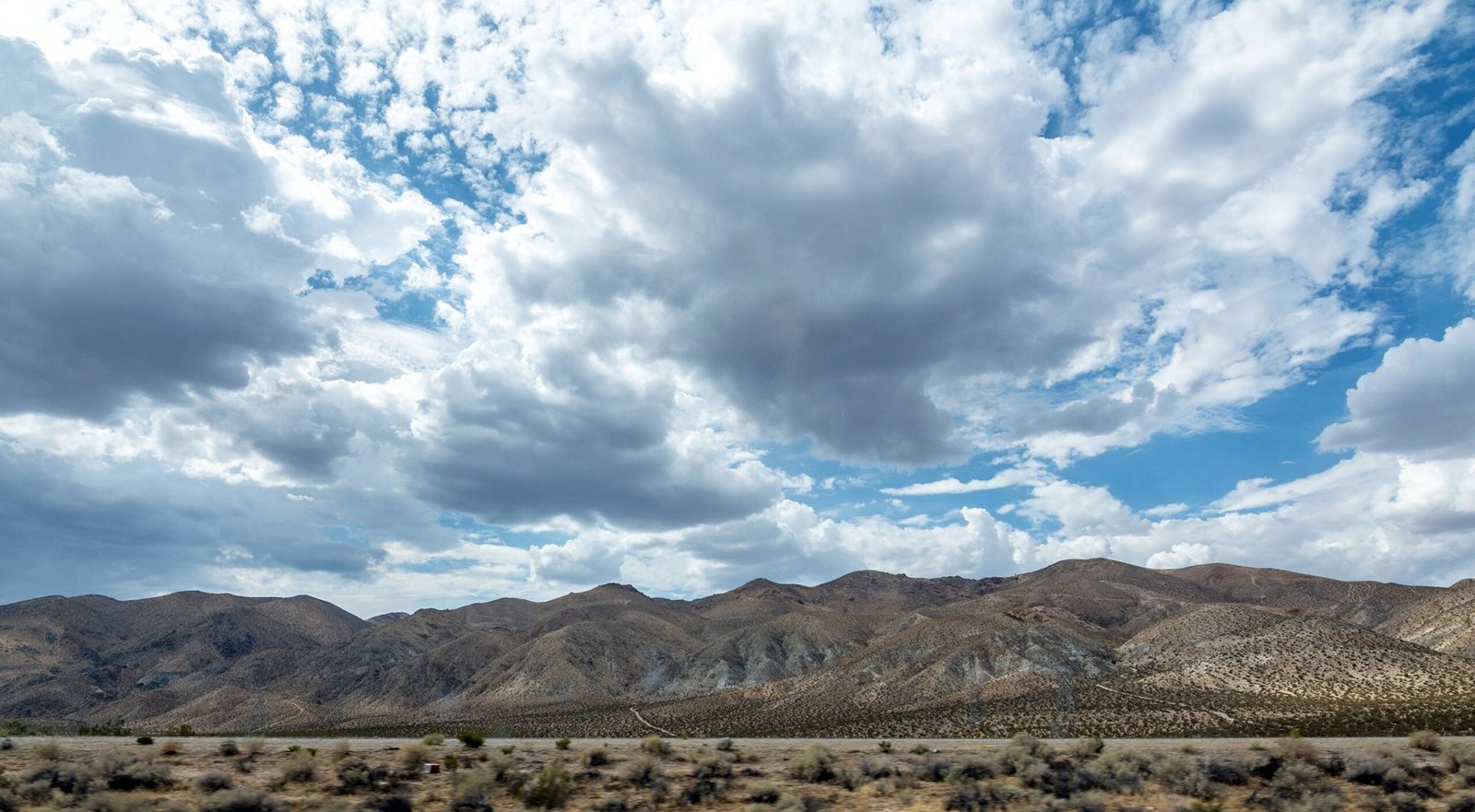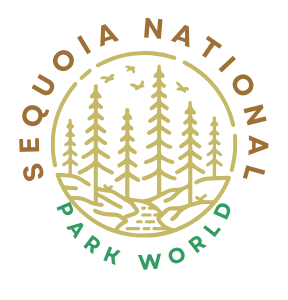Sequoia National Park experiences warm temperatures during summer months, with average highs reaching the mid-70s°F (around 24°C). While not extremely hot compared to some desert regions, the park can feel quite warm during peak daytime hours, especially at lower elevations. The combination of sunny weather, dry conditions, and elevation changes creates a unique climate that visitors should be prepared for when planning their trip.
What Are the Average Temperatures in Sequoia National Park?

Sequoia National Park’s temperature varies significantly depending on the season and elevation. During the summer months, which are the most popular for visitors, the park experiences warm days and cool nights.
Summer Temperature Ranges:
- June:
- Average High: 68.4°F (20.2°C)
- Average Low: 62.4°F (16.9°C)
- July:
- Average High: 76.1°F (24.5°C)
- Average Low: 69.0°F (20.6°C)
- August:
- Average High: 75.9°F (24.4°C)
- Average Low: 68.1°F (20.1°C)
These temperatures indicate that while Sequoia National Park can be warm during summer days, it’s not typically considered extremely hot. However, visitors should be prepared for temperature fluctuations and potentially warmer conditions at lower elevations.
How Does Elevation Affect Temperature in the Park?

The temperature in Sequoia National Park varies significantly based on elevation. The park spans a wide range of elevations, from around 1,300 feet (396 meters) to 14,494 feet (4,418 meters) at the summit of Mount Whitney.
- Lower Elevations: Temperatures can reach up to 104°F (40°C) during summer days.
- Higher Elevations: Temperatures are generally cooler, with daytime highs in the mid-70s°F (around 24°C) and nighttime lows in the upper 30s to lower 40s°F (3-6°C).
This elevation-based temperature variation means that visitors can experience different climate conditions within a single day as they move through the park.
What Are the Hottest Months in Sequoia National Park?
The hottest months in Sequoia National Park are typically July and August. During these peak summer months, visitors can expect:
- Daytime temperatures in the mid to upper 70s°F (24-26°C) at higher elevations
- Potentially higher temperatures, up to 104°F (40°C), at lower elevations
- Minimal precipitation, with occasional afternoon thundershowers
- Low humidity levels, typical of the Sierra Nevada region
While these months offer the warmest weather for outdoor activities, they also require visitors to be prepared for heat exposure, especially during midday hours.
How Does the Weather Pattern Affect Park Activities?
The summer weather pattern in Sequoia National Park significantly influences visitor activities and experiences:
-
Hiking and Camping: The warm, dry conditions make summer ideal for outdoor adventures. However, hikers should start early to avoid peak afternoon heat.
-
Scenic Drives: Clear roads and good visibility make summer perfect for exploring the park by car.
-
Wildlife Viewing: Animals are more active during the warmer months, increasing chances of wildlife sightings.
-
Water Activities: Warmer temperatures make swimming and water-based activities more enjoyable, though water sources may be limited.
-
Stargazing: Clear summer nights offer excellent opportunities for astronomy enthusiasts.
| Activity | Best Time of Day | Considerations |
|---|---|---|
| Hiking | Early morning or late afternoon | Avoid midday heat, bring plenty of water |
| Scenic Drives | Anytime | Be prepared for temperature changes at different elevations |
| Wildlife Viewing | Dawn and dusk | Animals are more active during cooler hours |
| Water Activities | Midday | Check water levels and safety guidelines |
| Stargazing | Night | Dress warmly as temperatures drop significantly after sunset |
What Precautions Should Visitors Take for Heat Exposure?
While Sequoia National Park is not extremely hot compared to some destinations, visitors should still take precautions to ensure a safe and comfortable experience:
-
Stay Hydrated: Bring plenty of water, especially for hiking and outdoor activities. The dry climate can lead to rapid dehydration.
-
Sun Protection: Use sunscreen, wear hats, and bring sunglasses to protect against intense sun exposure at higher elevations.
-
Appropriate Clothing: Dress in layers to accommodate temperature changes. Light, breathable fabrics are best for daytime, with warmer layers for cool evenings.
-
Plan Activities Wisely: Schedule strenuous activities for cooler parts of the day, such as early morning or late afternoon.
-
Know the Signs: Be aware of heat exhaustion symptoms, including dizziness, headache, and nausea.
-
Seek Shade: Take regular breaks in shaded areas, especially during midday hours.
-
Acclimate Gradually: If coming from lower elevations, allow time to adjust to the altitude to prevent altitude sickness.
When Is the Best Time to Visit Sequoia National Park?
The best time to visit Sequoia National Park depends on personal preferences and planned activities:
- Summer (June to August): Ideal for most activities, but be prepared for warmer temperatures and larger crowds.
- Fall (September to November): Offers mild weather and fewer visitors, perfect for hiking and enjoying fall colors.
- Spring (April to May): Good for waterfalls and wildflowers, but some areas may still be snow-covered.
- Winter (December to March): Beautiful snowy landscapes, but many areas are inaccessible due to snow.
For those concerned about heat, late spring or early fall might offer the best balance of comfortable temperatures and accessibility to park features.
In conclusion, while Sequoia National Park can be warm during summer months, it’s not typically considered extremely hot. With proper preparation and awareness of the varied climate conditions across different elevations, visitors can enjoy a comfortable and memorable experience in this stunning natural environment.
References:
1. https://en.wikipedia.org/wiki/Sequoia_National_Park
2. https://www.climatestotravel.com/climate/united-states/sequoia-national-park
3. https://www.visitsequoia.com/weather-conditions/
